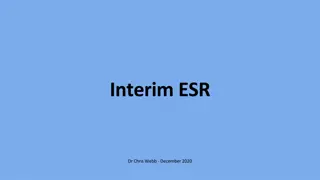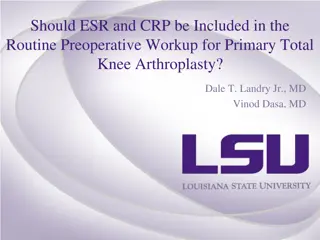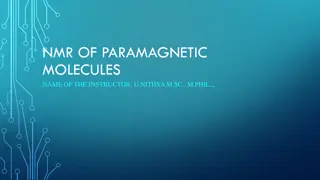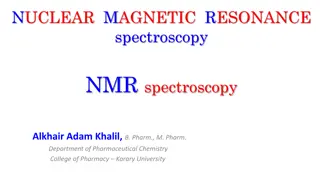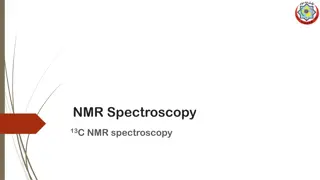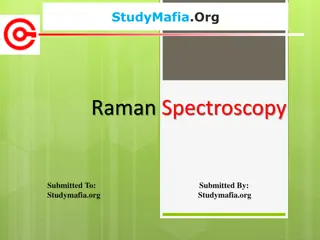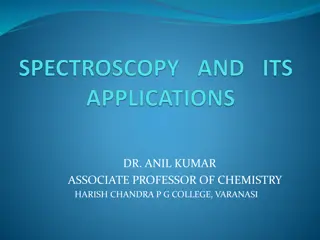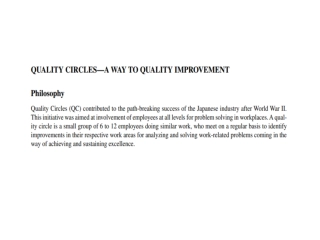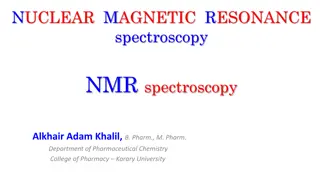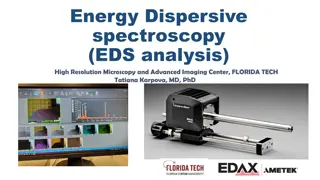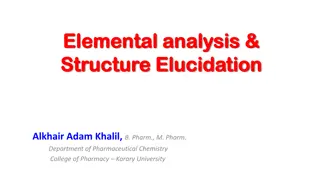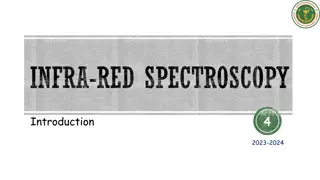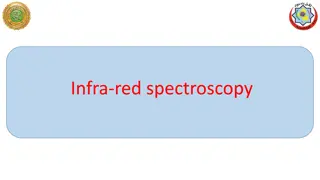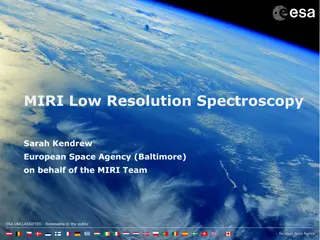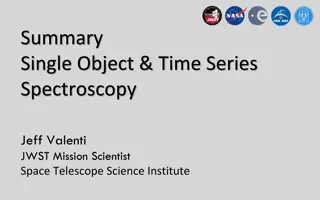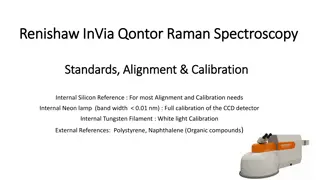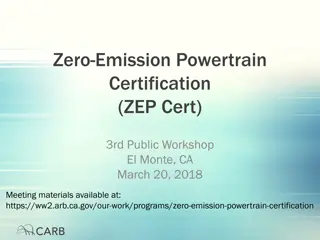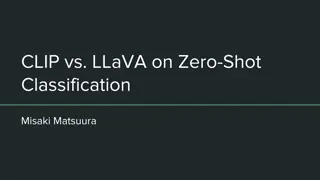Understanding Zero Field Splitting in ESR Spectroscopy
Zero field splitting in ESR spectroscopy involves the relaxation times in ESR and how spin-lattice relaxation affects the spectral width. Discover how T1 value and spin lattice relaxation play a crucial role in observing sharp spectrum lines in EPR. Learn about line widths in ESR, spin dilution, and interactions causing broadening of energy levels in paramagnetic ions.
Download Presentation

Please find below an Image/Link to download the presentation.
The content on the website is provided AS IS for your information and personal use only. It may not be sold, licensed, or shared on other websites without obtaining consent from the author. Download presentation by click this link. If you encounter any issues during the download, it is possible that the publisher has removed the file from their server.
E N D
Presentation Transcript
ZERO FIELD SPLITTING IN ESR SPECTROSCOY Name of the instructor: U.Nithya M.Sc.,M.Phil.,
Relaxation times in esr: let the spin system is subjected to the microwave radiation. energy level searation takes place and Boltzmann population ratio of spin in the ground and excited states is given as. Nu/NI=exp (- E /kT) where Nuamd NIare the occupancy Number of spins in the upper and lower levels E the energy separation at temperature T and k is the Boltzmann constant. The hot spin(excited state) undergoes interaction with the surroundings and loses energy. T1 is the time taken for the energy flow from the spin system into the surroundings and hence T1 is called spin-lattice relaxation. if T1is large sharp spectrum is observed. The spectral width may be broadened when the relaxation takes place within a very short period of time. it is explained by Heisenberg uncertainty principle v. t = constant.
If T1=10-9s v=108 s-1. It is corresonds to an EPR line width of about 6mT. The spin lattice relaxation occurs through electron spin flips with the surroundings matter like solvent or lattice.
Line widths in ESR: Line broadening due to spin-lattice relaxation results from the interaction of the paramagnetic ions with the thermal viberations of the lattice. Relaxation time usually increase as the temperature decreases. Therefore many salts of the transition metals are cooled to liquid N2,H2or He temperatures for observing well resolved spectrum . Spin dilution: spin-spin interaction results from the small magnetic fields that exist on neighbouring paramagnetic ions. As a result of these fields the total field at the ions is slightly altered and the energy levels are shifted. A distribution of energies results which produces broadening of the signal.
The broading depends on the direction of the field. This effect is reduced by increasing the distance between the magnetic ions by diluting the salt with an isomorphous diamagnetic material. rapid chemical processes influences the spectral line widths and appearance. As the process rate increases separate lines coalesce to give a weighted average single resonance. signifigant line broading occurs for processes with first order rate contants of 5x107s-1.
Exchange Narrowing: Electron spin exchange processes are very common in free radicals. This influences line width and spectral appearance. In solution it is a bimolecular Process.The two radicals collide and exchange electrons. During electron spin exchange there is no change in the nuclear spin state. As the concentraction increases in going from a to e the rate of bimolecular exchange increases and the resonances broaden. As the solution becomes more concentrated the single line resonance sharpens. This sharpening is reffered to s exchange narrowing.
Election transfer between a radical and a diamagnetic species can occur at a rate that causes line broading. Eg: Electron exchange between naphthalene and nahthalene negative ions.A second order electron transfer rate constant of 6x1071 mol-1s-1 was found in the solvent THF. Many effects cause the line widths of one band to differ from those of another in a given spectrum. The spin density on the methyl proton of ethylamine is conformation dependent. The time dependency of this type of process can influence the line widths of different Protons in a molecule differently. rapid interchange between various configurations of an ion pair with an anion or cation radical can also lead to greater line broadening of certain resonances than of others.



